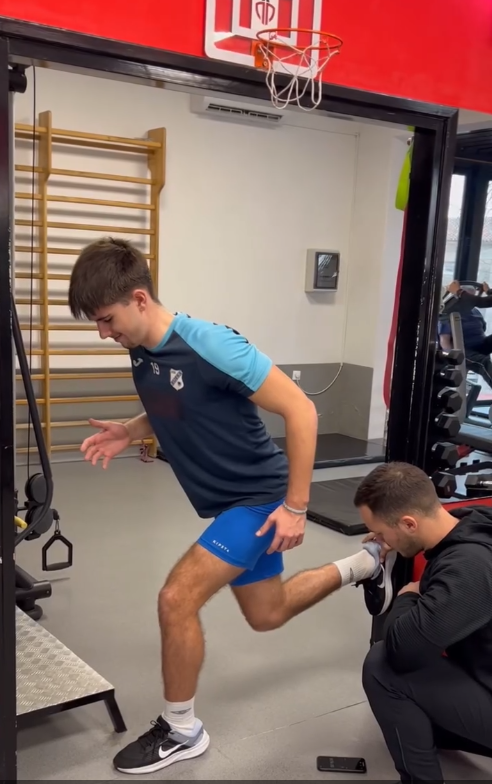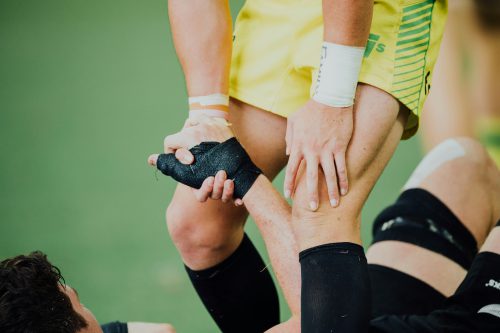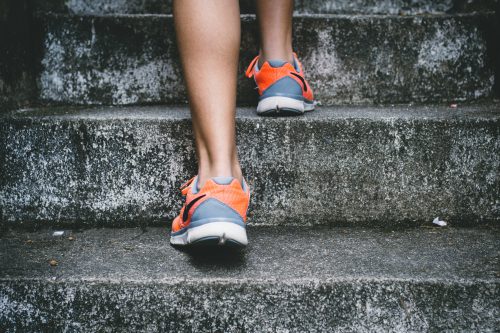We had many questions and uncertainties about athlete training, especially in the transitional phase from the rehabilitation process (which we completed) to sport, professional training and competition. Very often, coaches and physiotherapists are unsure of how this transitional phase should look.
Return to play
Description
One of the main questions is how much to load the athlete precisely. We need to use enough stimulus to prepare them for high intensity (competition) pace, but not too high to risk re-injury. The only answer we can confidently give is – it depends!
In the video, you can see part of the training process we applied after the primary rehabilitation and kinesiotherapy of the hamstring injury were completed. It involves a soccer player in a position that requires significant running demands, so we applied training modalities specific to his position and the demands of the game of soccer.
Training modalities:
- Static activation of the long kinetic chain with emphasis on the posterior chain
(hip-gluteus-hamstrings-foot) - Medium lateral skipping with dynamic change of direction with Agility ladders
- Medium frontal skipping with Agility ladders
- Acceleration from moderate speeds into sprint and sudden deceleration
These four training modalities aim to emulate the muscle activation that will occur in soccer and prepare the system (neuromuscular and muscle-ligamental) for such forces. If we were to immediately start playing soccer after a few weeks of exercises used in rehabilitation, the entire locomotor system would likely inadequately absorb the forces generated during a match. We prepared the muscles for activation in primary rehabilitation, but that activation is not as fast or strong as it will be in a sprint or a jump after heading the ball, especially if there is contact with an opponent and similar scenarios.
If you have specific questions about returning to sport, feel free to contact us.






